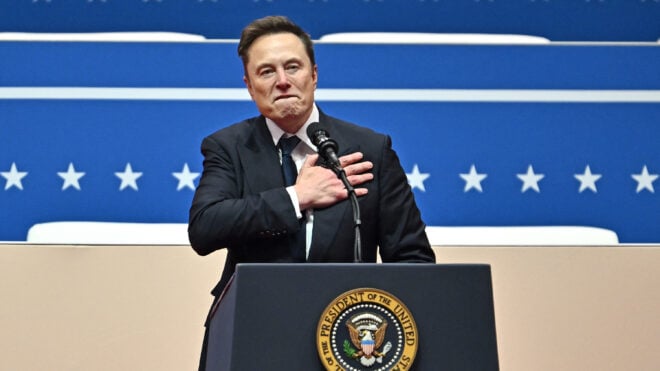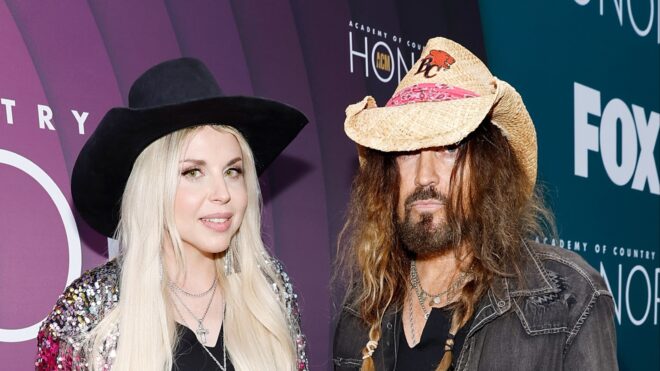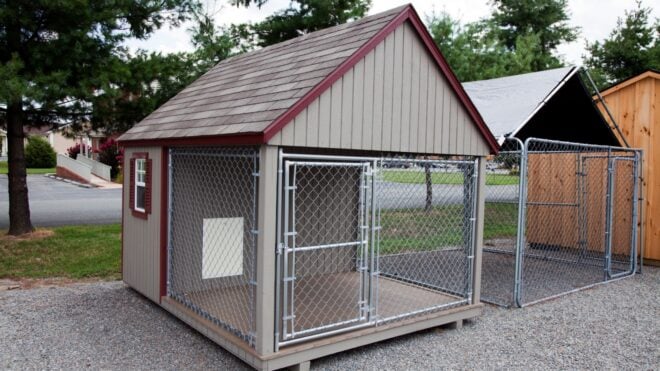
Many of us are familiar with the story of Pocahontas … or at least we think we are. If you were a child in the 1990s, you likely saw the Disney adaptation of her life. However, between the Disney movie and what's been popularized in history books, there are a lot of details out there that are just wrong.
The myths and legends associated with Pocahontas have been perpetuated for over 400 years. Luckily, historians have begun piecing together what really did and didn't happen in her life, and now we can put together a pretty comprehensive understanding.
More from LittleThings: Jean Seberg Took Her Life After She Was Pursued By The FBI For Donating To Black Panthers
For starters: Did you know Pocahontas wasn't actually named Pocahontas at birth? Many believe that she was the daughter of Wahunsenaca and one of his wives, also named Pocahontas. Our heroine was named Amonute when she was born (believed to be around 1596), and she was also given the more private family name of Matoaka. Vincent Schilling writes that Matoaka's mother died at birth, and her father began calling her Pocahontas in tribute to her deceased mother.
Matoaka met John Smith when she was 9 or 10.
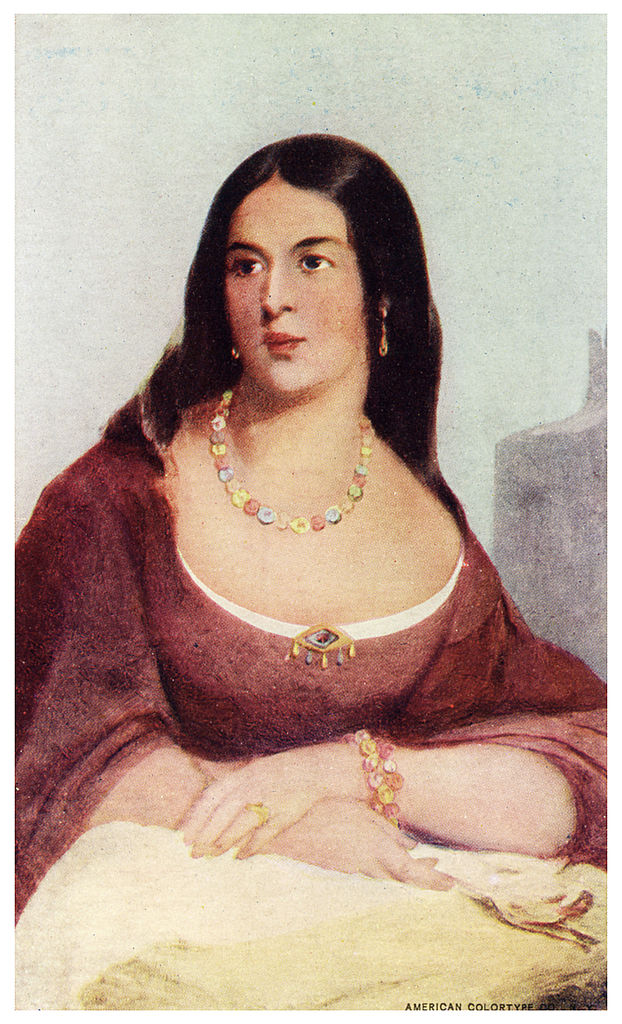
The story of Pocahontas, or Matoaka, and John Smith has been enshrined in history as a love story, but it definitely was not anything of the sort. Matoaka would have been only 9 or 10 when John Smith arrived at her home of Tsenacomoca. John Smith was 27 years old.
She also never saved John Smith's life.
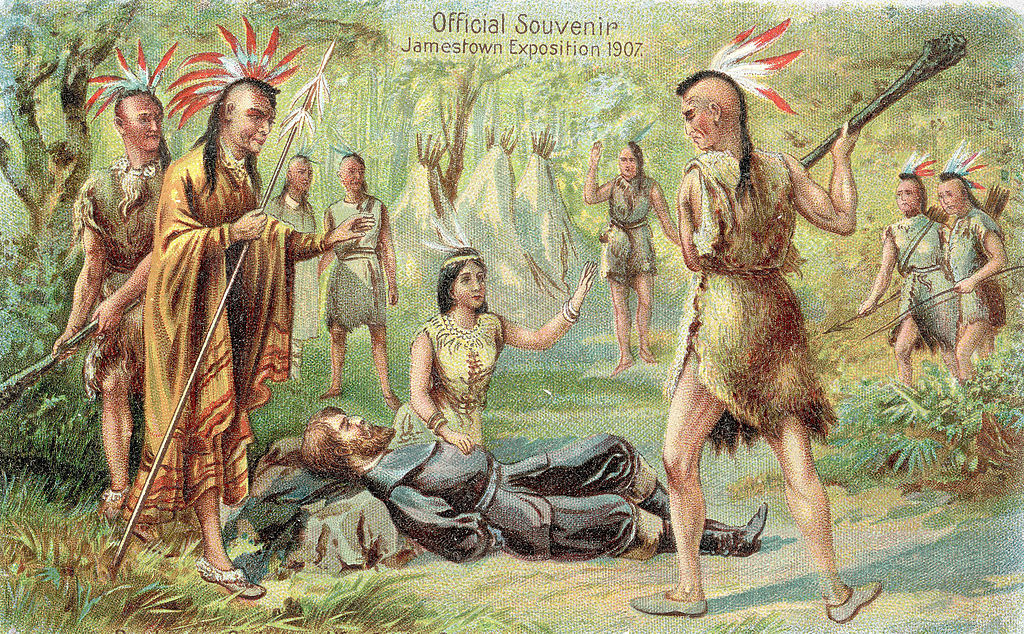
If you've seen the Disney film, you probably have the scene where Matoaka throws her body over John Smith's in a bid to save his life at a special ceremony. It turns out this absolutely never happened.
Children in the Powhatan tribe were closely watched, and as Matoaka was the daughter of the chief, she likely would have been even more protected. The actual story goes like this:
John Smith and his men were staying nearby and began to explore the surrounding area. Eventually, John Smith was captured by the chief's brother. The English and the Powhatan formed an alliance against the Spanish, and Chief Wahunsenaca even made John Smith "werowance," or leader of the colonists.
Years after the fact, John Smith created the story that Matoaka saved his life. However, historians have noted that there would be no risk to his life once he received this designation. Children were also not permitted to attend ceremonies, so it's unlikely Matoaka would have been there in the first place.
Matoaka also never went against her father's wishes to help the colonists.
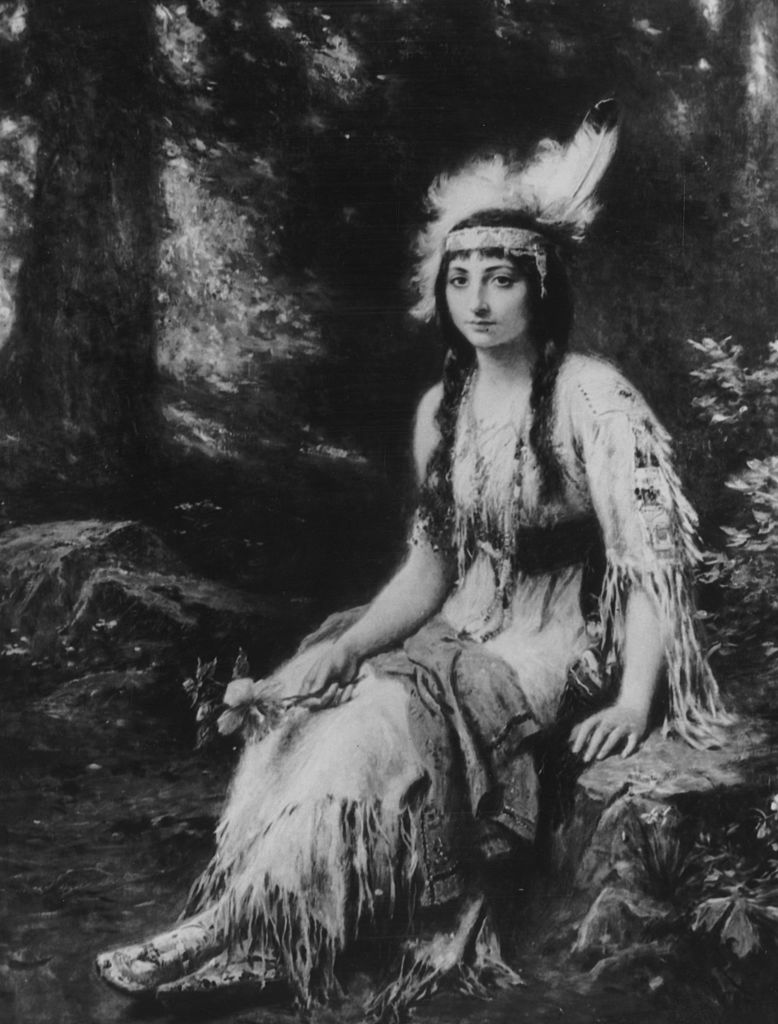
Another famous idea that has been inaccurately perpetuated is that Matoaka went against her father to deliver food to the colonists.
The colonists were living in Jamestown, roughly 12 miles from where Matoaka lived in Werowocomoco. As she was only 10, it's not likely that she would have traveled that far on her own. Getting to Jamestown would also require the use of a massively heavy canoe.
She did marry Kocoum.
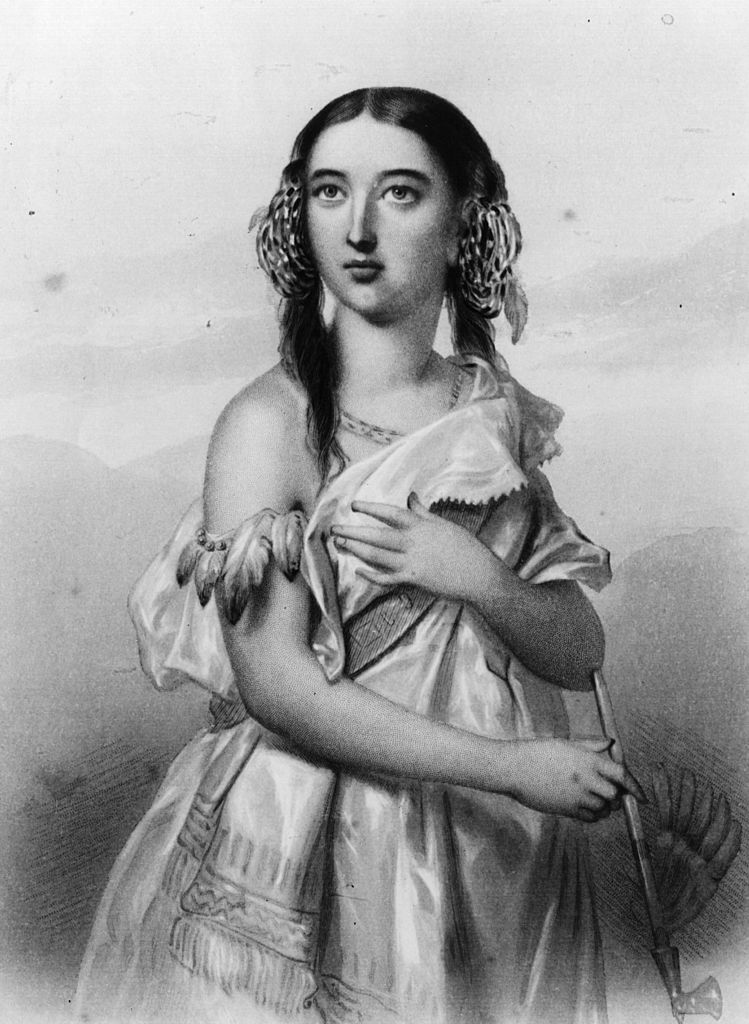
The colonists were not known for being well-behaved. They often targeted women and children in Werowocomoco. Children were sometimes raped, and many mothers began offering themselves to the colonists in an effort to protect their children. Matoaka was a teenager at the time and found herself facing a rite of passage common at her age: marriage.
This is when Matoaka officially became known as Pocahontas. She married Kocoum and became pregnant with their child.
The colonists kidnapped Pocahontas.
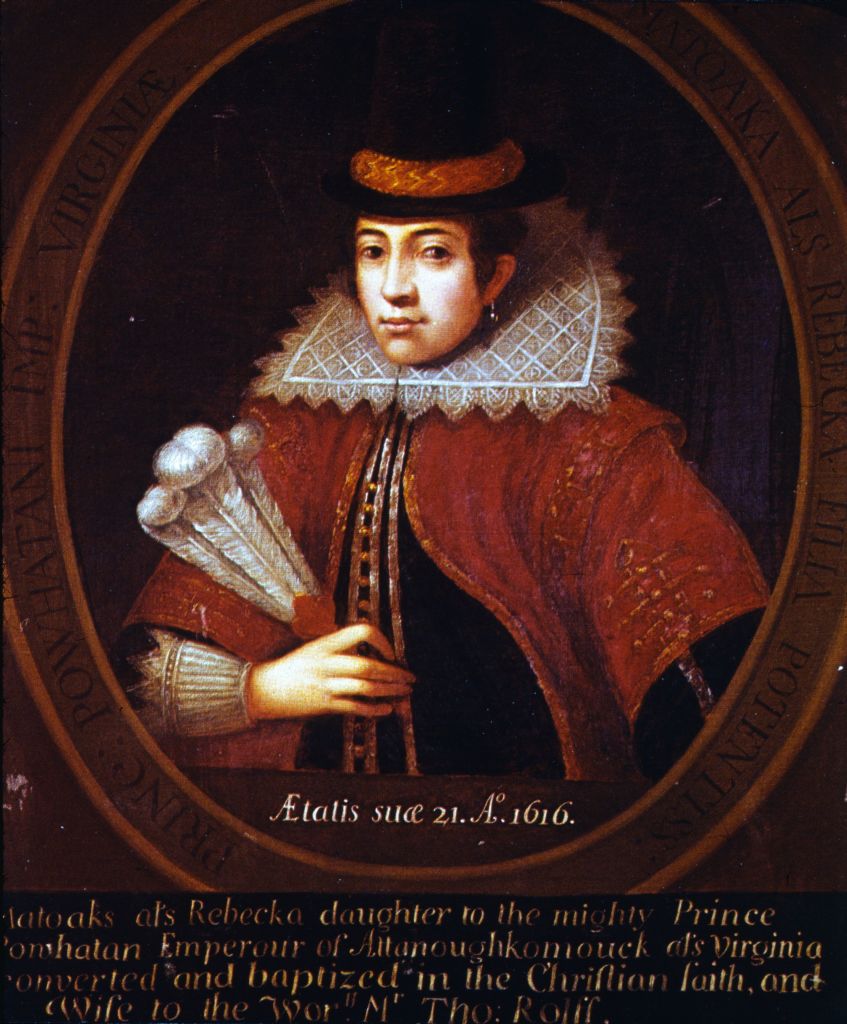
Around the time she was 16, rumors that the colonists planned to kidnap Pocahontas surrounded the young family. It's believed that Captain Samuel Argall thought kidnapping Pocahontas would stave off any potential attacks. Captain Argall eventually arrived at the village Pocahontas lived in and demanded that her brother-in-law, Chief Japazaw, reveal where she lived or face the threat of violence in his village.
Chief Japazaw relented, believing that Pocahontas would be gone for only a short while. Instead, the colonists made Pocahontas leave her child, killed her husband, and forced her onto a boat.
She was raped and ended up giving birth to her second child.
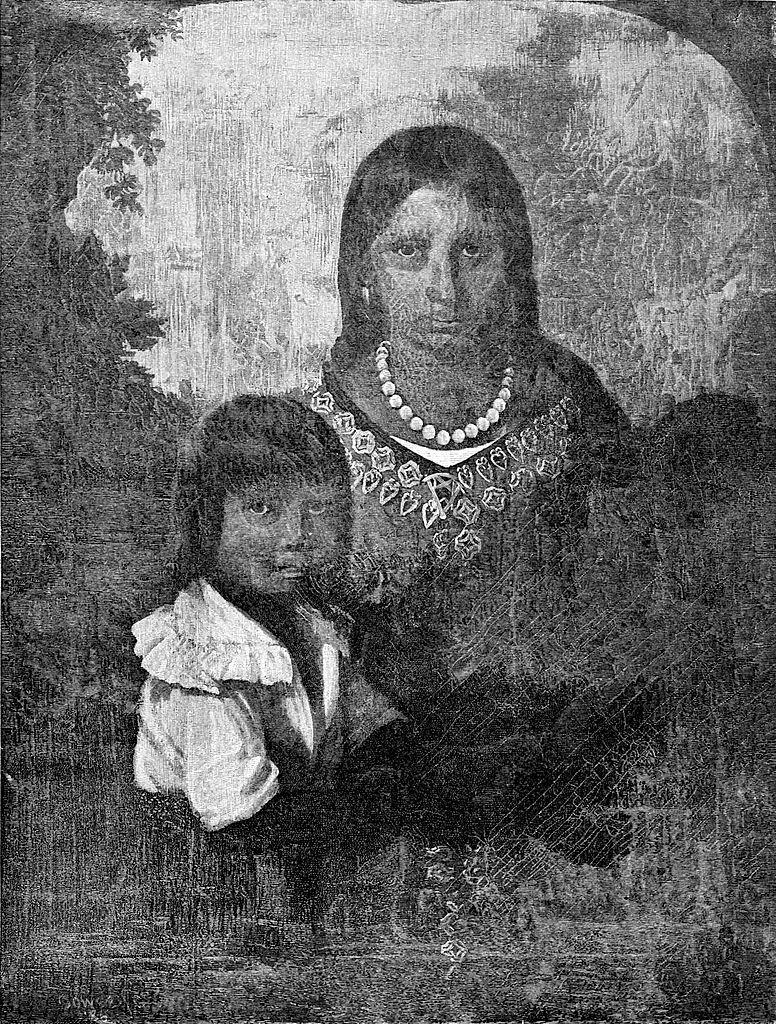
Pocahontas suffered from severe depression and anxiety following her kidnapping. The colonists eventually allowed her sister, Mattachanna, and her brother-in-law, Uttamattamakin, to visit her.
Historian Dr. Linwood Custalow has written about what they learned.
"When Mattachanna and Uttamattamakin arrived at Jamestown, Pocahontas confided in that she had been raped. Mattaponi sacred oral history is very clear on this: Pocahontas was raped. It is possible that it had been done to her by more than one person and repeatedly. My grandfather and other teachers of Mattaponi oral history said that Pocahontas was raped.
"The possibility of being taken captive was a danger to be aware of in Powhatan Society, but rape was not tolerated. Rape in Powhatan Society was virtually unheard of because the punishment for such actions was so severe. Powhatan society did not have prisons. Punishment for wrongful actions often consisted of banishment from the tribe."
She married John Rolfe.
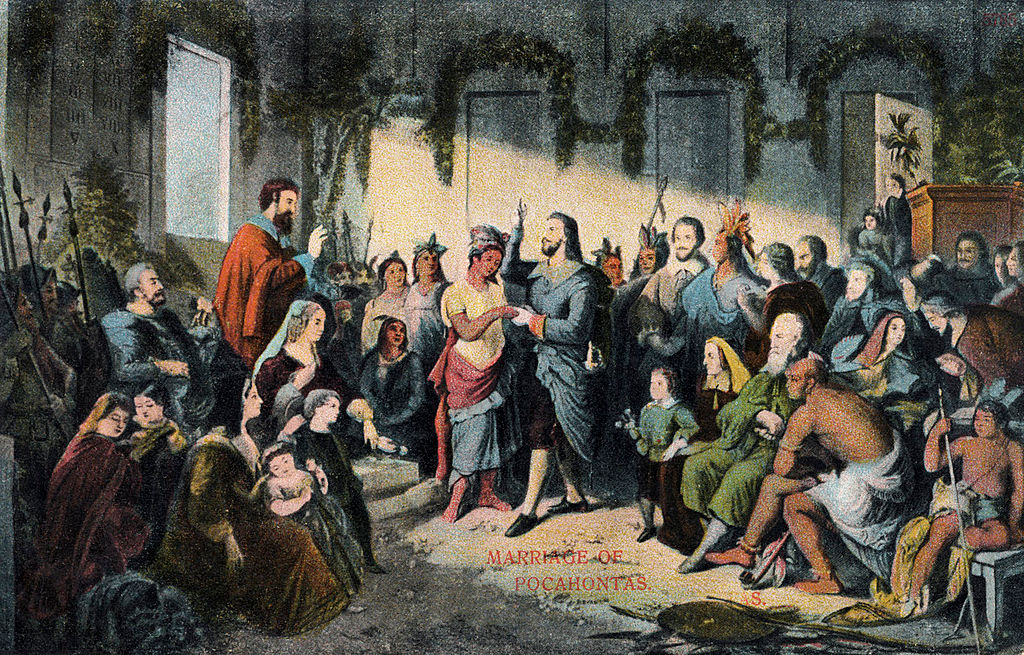
Pocahontas gave birth to a son, Thomas, and eventually married John Rolfe. She was also required to convert to Christianity and to take the name Rebecca.
Some historians believe the two married for love, but others do not. There isn't clear evidence that supports either theory. It is known that she was never able to see her son, father, or her family again.

